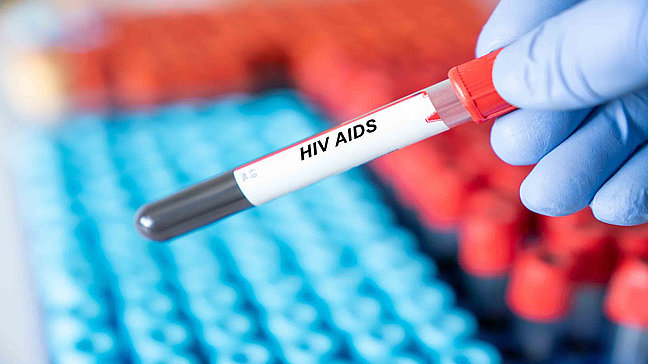
Condyloma
Causes of condylomas
Condylomas are caused by an infection with the human papillomavirus (HPV). Transmission usually occurs through direct skin-to-skin contact during vaginal, oral, or anal intercourse with an infected person. HPV can also be transmitted by touching the infected skin areas, even if no visible warts are present.
Symptoms of condylomas
- Small, flesh-colored or gray growths in the genital or anal area
- Itching or burning in the affected areas
- Warts can appear individually or in groups and sometimes form a cauliflower-like structure
- In some cases, the warts cause no discomfort and are only discovered by chance
- Bleeding or pain may occur with friction or during sexual intercourse
Diagnosis of condylomas
The diagnosis is usually made by visually inspecting the affected areas. In some cases, the doctor may perform a biopsy of the warts to confirm the diagnosis and rule out other conditions. Women may also receive a Pap smear to look for signs of an HPV infection in the cervix. In rare cases, an HPV test is conducted to determine the exact virus type.
Treatment options for condylomas
- Topical medications: There are prescription creams or solutions like Imiquimod or Podophyllotoxin that are applied directly to the warts to eliminate them.
- Surgical removal: In more severe cases or when the warts do not respond to medication, they can be surgically removed. This includes cryotherapy (freezing the warts), laser therapy, or electrocoagulation (burning the warts).
- Immunomodulators: Medications that strengthen the immune system can help fight the viruses and prevent the recurrence of the warts.
Preventive measures for condylomas
The best protection against condylomas is the HPV vaccination, which protects against the most common HPV types (including those that cause condylomas). Condoms offer some protection but do not completely prevent transmission, as HPV can also be transmitted through contact with skin areas not covered by the condom. Regular medical check-ups and early treatment of HPV infections can also help reduce the risk of genital warts.



